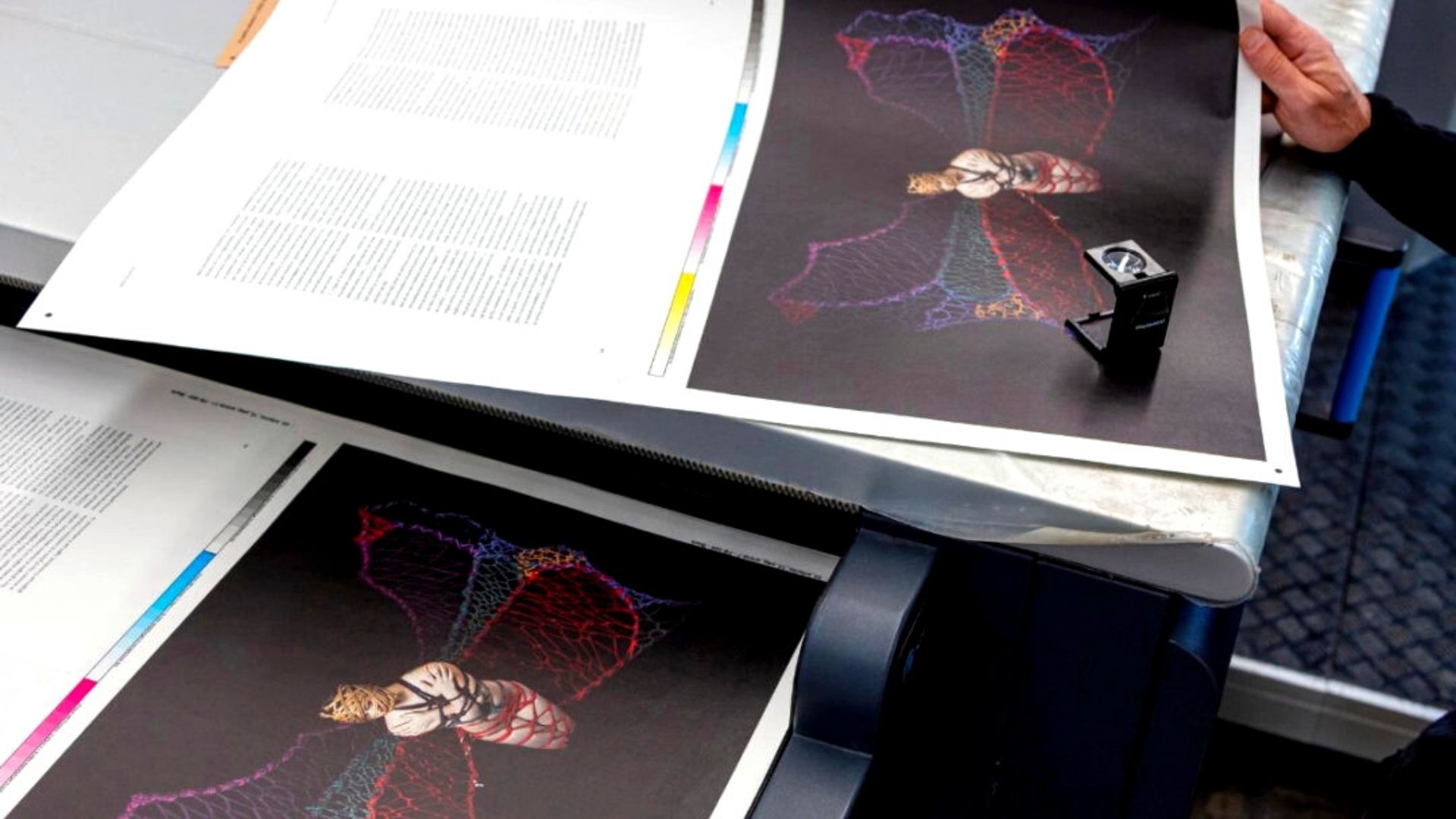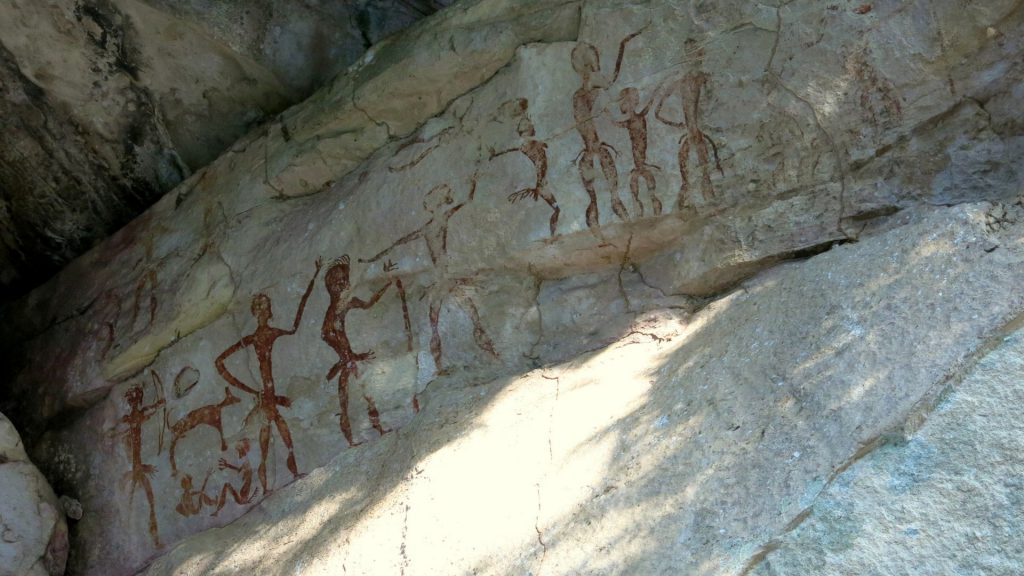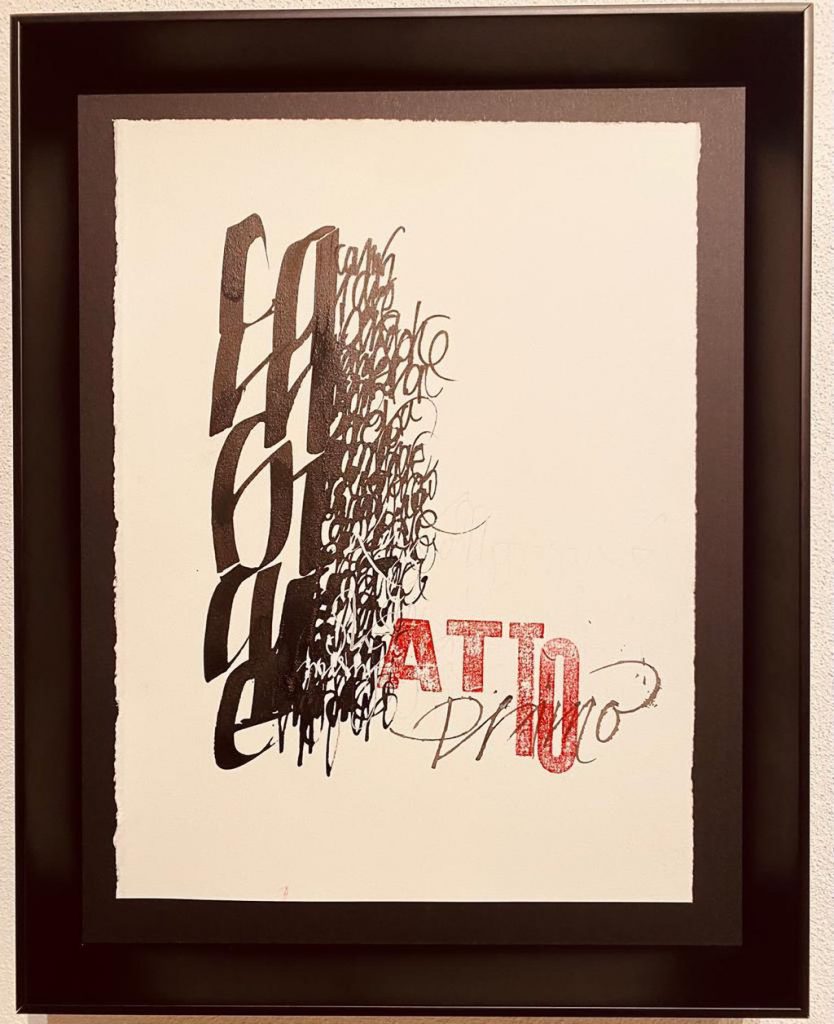Sergio Antolini travels through the story of wheat through an excursus of time rich in news, anthropological and socio-cultural references. In his book called “Argonauta”, the Chairman of Ocrim and Paglierani reveals the historical, cultural, artistic, symbolic and esoteric process that is behind the main food of all Humanity and how it has made the creation and metamorphosis of a new civilisation possible.
Sergio Antolini, author of “Argonauta” relates how the epochal transition from prehistory to history occurred for the supply of food. Men, from being nomadic hunters and gatherers, became settled and started to unite in small tribes and villages. And the first rudimentary steps towards sustenance agriculture we taken in this context, starting with the domestication of plants. We are in the Mesolithic era, about 10,000 years ago. The scene of this change was Mesopotamia, the famous crescent-shaped territory which, made fertile by the Nile, Tigris and Euphrates rivers, favoured the development of the first agricultural techniques.
But let’s proceed in order and go back a few millennia. The discovery of grasses can be traced back to the Natufians, a tribe that lived 14,000 years ago on the shores of the Mediterranean Sea, from Palestine to Turkey. They were the first to realise the potential of the wild varieties of wheat and barley and to separate them from other inedible plants. As the same time, as the glaciers receded, a vast fertile plain emerged that could accommodate the first crops. The first cultivated species quickly developed the ability to survive in extreme conditions, overcoming periods of draught and heavy rain. The Natufians, sedentary farmers, represent the triumph of human adaptability, marking the onset of a new civilisation. Thanks to them, the history of man changed forever: the courageous choice of the Natufians to “to change in order to survive” would change human habits forever. Since then, human beings started to weave relationships with other populations by practising exchange, a prelude to future profitable trade.
The spread of the agricultural method towards Europe was relatively quick: from Greece to Italy and then to Spain, passing through France. About 200 years later, there are cultivated lands in the Balkan countries: the practice of “domestication” of the plants proceeded to the north, towards the plains, as far as present-day Germany (5000 BC). Wheat arrived a bit later in the African continent due to the impossibility of penetrating the tropical forest beyond the equator. For a long time, the Mediterranean coast of Africa was the breadbasket of the Roman Empire, until the 4th century, when there was an abrupt and sudden drop in crops caused by the barbarian invasions, epidemics and famine. It took until the 8th century and the following five hundred years to witness a resurgence of agriculture and the development of techniques and studies that would make wheat an essential and important food for the entire human race.
For further info about the book or to purchase any work of art, please contact:
Carla Gasperoni
Email: info@sa-intrl.com






